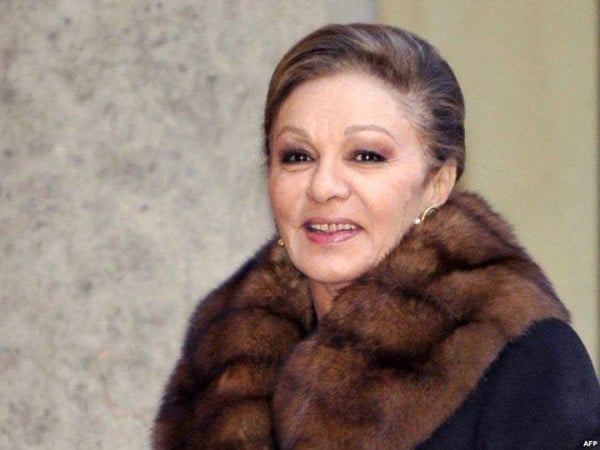Art & Exhibitions
Berlin’s Highly Anticipated Shah Collection Exhibition Is Delayed
Political complications have delayed the show.

Political complications have delayed the show.

Henri Neuendorf

The opening of the exhibition of Iran’s spectacular Shah Collection, which was scheduled to be shown at Berlin’s Gemäldegalerie on December 4, will be delayed. The works make up the core of the Tehran Museum of Contemporary Art (TMoCA)’s collection, the bulk of which has been kept in storage for decades.
Citing recent changes in the Iranian Ministry of Culture, the Prussian Cultural Heritage Foundation, which manages Berlin’s state museums, said on Wednesday that the exhibition is still on track to be opened by the end of December.
It is thought that the recent resignation of Iran’s liberal-leaning culture minister Ali Jannati is responsible for the delays, Monopol reported.
The show was agreed upon by Jannati and German foreign minister Frank-Walter Steinmeier during a state visit to Tehran shortly after the West agreed a nuclear deal with Iran in October 2015.

The collection was assembled by Farah Diba Pahlavi in the 1970s.
Photo: Farah Diba Pahlavi via Facebook
Steinmeier told Tagesspiegel that the upcoming exhibition served as a “signal for cultural and societal opening” between Iran and Germany.
Throughout the 1970s, funded by Iran’s oil wealth, Farah Diba Pahlavi, the glamorous wife of the last Iranian shah, Mohammad Reza Pahlavi, worked with unnamed buyers to purchase works by Claude Monet, Francis Bacon, Pablo Picasso, Max Ernst, Georges Braque, Alberto Giacometti, Jackson Pollock, Mark Rothko, Donald Judd, Andy Warhol, René Magritte, Duane Hanson, Chuck Close, and others from Western galleries and auction houses with the aim of establishing a museum in Tehran.
Only two years after the museum was completed, however, the 1979 Islamic revolution brought an end to the shah’s liberal but brutal regime, and the collection was moved into storage. Although the museum has displayed individual pieces, most of the works have remained hidden from view.
Meanwhile the high cost of bringing the collection to Berlin has been criticized by German media. According to reports by Die Welt the sum negotiated by Germany’s foreign ministry is in the region of €3 million ($3.4 million).